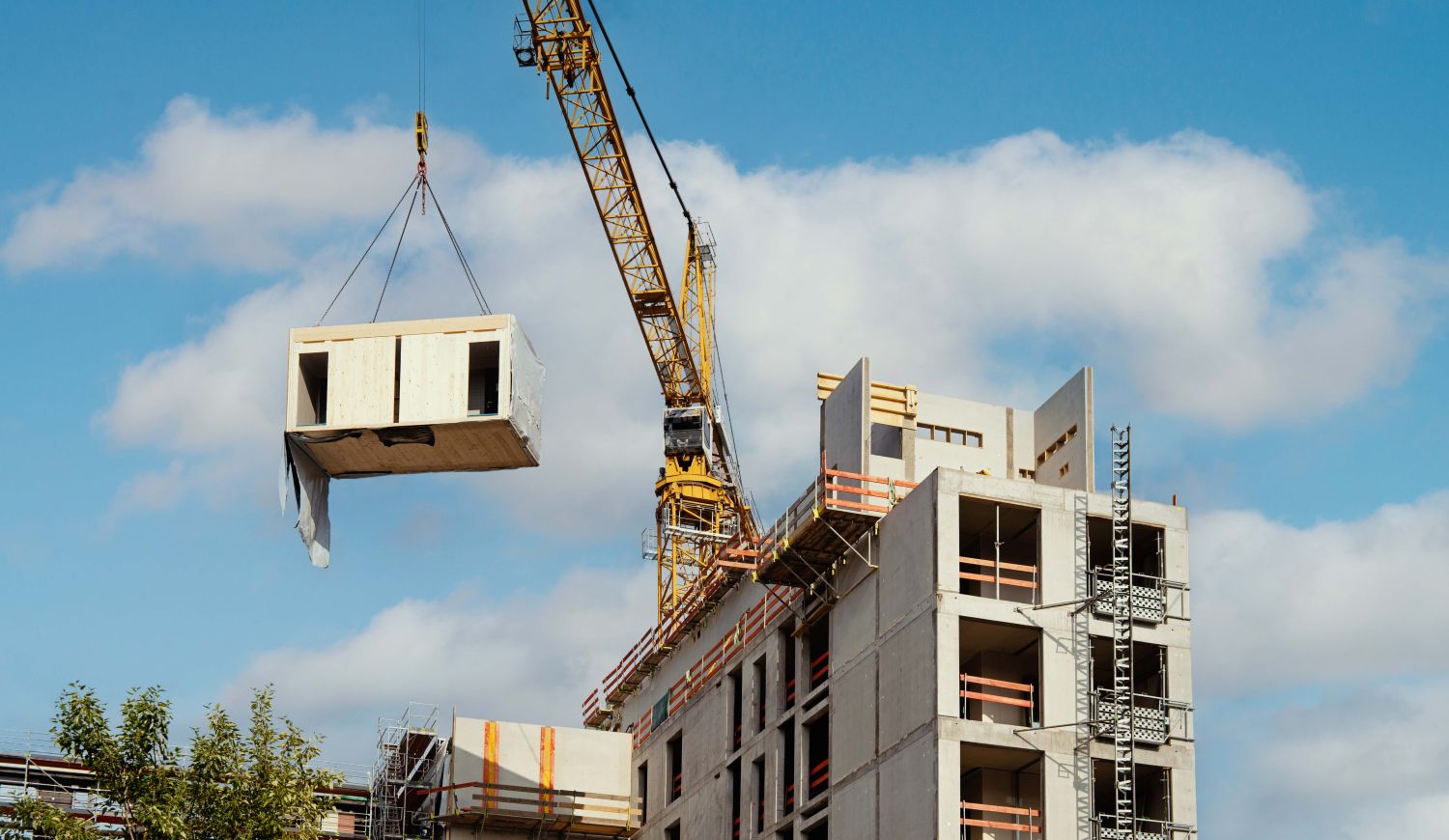Is modular construction the key to solving the UK’s housing crisis?
The United Kingdom, in common with most developed countries, is facing a significant housing shortage, prompting the government to set an ambitious target of constructing 1.5 million new homes over the current parliamentary term. Despite these aspirations, there is growing scepticism about meeting this goal due to various challenges, including planning constraints, labour shortages and financial limitations. As a result, modular construction has emerged as a potential solution to accelerate housing delivery, but not everyone is happy about this, writes John Ridgeway.
The UK's housing crisis is characterised by a persistent under supply of affordable homes, leading to escalating property prices and rental costs. To combat this, the government's target of building 1.5 million homes translates to approximately 300,000 new homes annually, however, recent data indicates that the country is on track to complete only half of this annual target.
There are several factors which contribute to the shortfall. The planning system has been identified as the main culprit, with fewer than a third of local areas having up-to-date plans, leading to speculative and unplanned development.
The construction industry also faces a significant skills gap, exacerbated by an aging workforce and reduced inflow of skilled labour post-Brexit. Furthermore, developers are grappling with increased costs due to regulatory changes, such as the proposed Building Safety Levy, which, although delayed, adds financial uncertainty. So, could the answer be – modular construction?
Understanding modular construction
Modular construction involves manufacturing building components, or modules, in a factory setting, which are then transported to the construction site for assembly. This method contrasts with traditional on-site construction and offers several advantages. Factory production allows for concurrent site preparation and module fabrication, significantly reducing overall construction time. Controlled factory environments also enable consistent quality and precision, minimising defects and waste. Furthermore, streamlined processes and economies of scale can lead to cost savings, although initial investments may be substantial.
It would seem therefore, that modular construction presents a compelling case for alleviating the UK's housing shortage. The rapid assembly of modular homes could help meet urgent housing demands, potentially contributing significantly to the annual housing targets. Mass production capabilities would allow for the delivery of large housing volumes, essential for addressing the scale of the crisis. Reduced waste and energy-efficient designs also align with environmental goals, making modular construction a greener alternative.
However, despite its advantages, several challenges impede the mainstream adoption of modular construction in the UK. Modular homes have historically been associated with lower quality, affecting consumer acceptance and market demand. In addition, existing planning frameworks may not be fully equipped to accommodate modular methods, leading to delays and complications.
Furthermore, high initial capital is needed for factory setup and technology integration, posing a barrier for some developers. This limited number of manufacturers and suppliers may also constrain production capacity and increase lead times.

Recognising the potential of modular construction, the UK government and industry stakeholders have already initiated measures to promote its adoption. Reforms to streamline planning processes which aim to facilitate faster housing development, potentially benefiting modular projects, are also being put in place.
Will modular construction become the norm?
So, will modular construction become the norm? The trajectory of modular construction in the UK over the next five years will depend on several factors. Overcoming perception challenges through education and demonstration of quality will be crucial for consumer buy-in. Continued government support and adaptation of planning regulations to accommodate modular methods will also facilitate growth, but in the end balancing initial investment with long-term cost savings will determine its financial attractiveness for developers.
While modular construction alone may not entirely resolve the housing crisis, it is poised to play a significant role in the UK's housing strategy. Its potential to expedite delivery, enhance quality and contribute to sustainability makes it a valuable component in addressing housing shortages.
However, in the end, the UK's ambitious housing targets will necessitate innovative approaches to overcome existing challenges. Modular construction offers a promising solution, with the potential to become more prevalent in the coming years. But, realising this potential requires concerted efforts from government, industry and communities to address challenges and foster an environment conducive to accepting that modular construction really does provide a real and sustainable alternative.
Additional Blogs

The silent death of the fixed-price contract
For decades, the fixed-price contract has been the backbone of construction procurement. It promised certainty with a defined scope, an agreed sum and a clear transfer of risk from client to...
Read moreWhy good contractors are walking away from bad projects
There is a growing change happening across the construction industry, one that many clients still have not fully recognised. Highly competent, reputable contractors are increasingly walking away from...
Read more

When fire breaks out who really knows the system
The story that caught my attention recently wasn’t about fire growth or building loss, it was about confusion. Specifically, the confusion faced by the fire service when arriving at buildings...
Read more